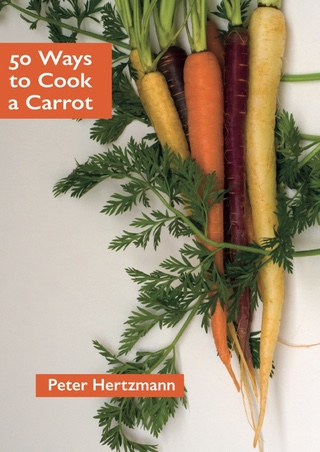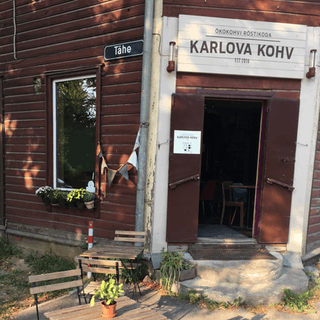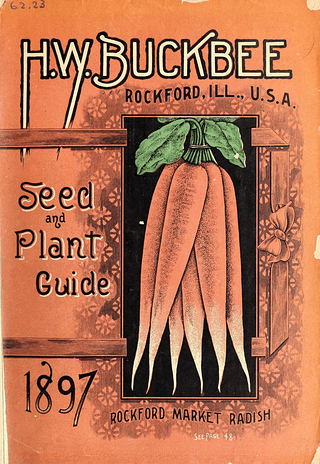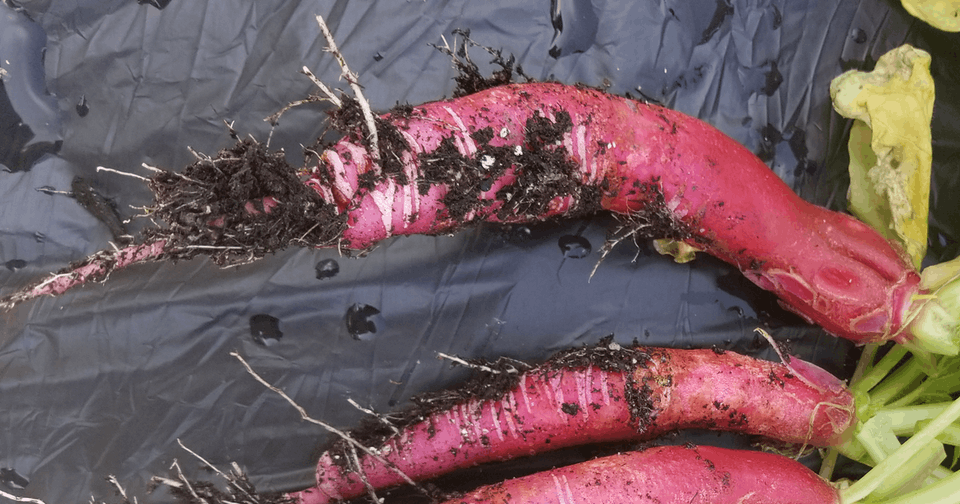
Podcast: Play in new window | Download (Duration: 20:05 — 16.2MB)
Subscribe: Google Podcasts | Spotify | Android | RSS | More
 A rainbow handful of carrots graces the cover of Peter Hertzmann’s new book. But, as I discovered when I spoke to Peter, you can’t judge a book by its cover. Or even, apparently, by its title: 50 Ways to Cook a Carrot. Because although all the methods (not recipes!) feature carrots in one form or another, they’re intended to offer techniques that, Peter insists, you can apply to many other vegetables, fruits, and even meat and fish.
A rainbow handful of carrots graces the cover of Peter Hertzmann’s new book. But, as I discovered when I spoke to Peter, you can’t judge a book by its cover. Or even, apparently, by its title: 50 Ways to Cook a Carrot. Because although all the methods (not recipes!) feature carrots in one form or another, they’re intended to offer techniques that, Peter insists, you can apply to many other vegetables, fruits, and even meat and fish.
There is, indeed, much to be learned from the book, even for an experienced cook, and I have already successfully applied one of the methods to some leeks. The UK edition of the book, published by Prospect Books, is available now, but it won’t be available in the US for a couple of months. However, Prospect kindly agreed to send a copy to one lucky winner.
Next Monday (28 October) I will pick someone at random from all of those who subscribe to Eat This Newsletter. If you’re already a subscriber, you don’t need to do anything, although I would appreciate if you spread the word and thereby diminish your own chances. If you’re not a subscriber, do sign up now, and feel free to diminish your chances too by persuading friends to sign up.
Notes
- Peter Hertzmann’s website is à la carte
- You can order 50 Ways to Cook a Carrot directly from Prospect Books.
- Banner photo by Dana DeVolk on Unsplash


 Porridge, for me, is made of oats, water, a bit of milk and a pinch of salt. Accompaniments are butter and brown sugar or, better yet, treacle, though I have nothing against people who add milk or even cream. So, while I’ve been aware of the inexorable rise of porridge in all its forms, I’ve been blissfully ignorant of the details. When I make, or eat, a risotto or a dal, I certainly don’t think of it as a porridge. Maybe now I will, and all because Laura Valli took the trouble to send me a copy of her research paper Porridge Renaissance and the Communities of Ingestion.
Porridge, for me, is made of oats, water, a bit of milk and a pinch of salt. Accompaniments are butter and brown sugar or, better yet, treacle, though I have nothing against people who add milk or even cream. So, while I’ve been aware of the inexorable rise of porridge in all its forms, I’ve been blissfully ignorant of the details. When I make, or eat, a risotto or a dal, I certainly don’t think of it as a porridge. Maybe now I will, and all because Laura Valli took the trouble to send me a copy of her research paper Porridge Renaissance and the Communities of Ingestion.
 Earlier this summer, I learned about a talk at the annual conference of the American Society for Horticultural Science. The press release said it “holds all the intrigue of a murder mystery and all the painstaking, arduous pursuit of an archeological dig, along with a touch of serendipity”. And it concerned the rediscovery of a kind of radish that in its day was extremely famous. My kind of mystery. Naturally I had to talk to the sleuth cum Indiana Jones, Dr Gary Bachmann. Before I did so, though, I did a bit of digging of my own so that I’d be able to contribute a clue myself.
Earlier this summer, I learned about a talk at the annual conference of the American Society for Horticultural Science. The press release said it “holds all the intrigue of a murder mystery and all the painstaking, arduous pursuit of an archeological dig, along with a touch of serendipity”. And it concerned the rediscovery of a kind of radish that in its day was extremely famous. My kind of mystery. Naturally I had to talk to the sleuth cum Indiana Jones, Dr Gary Bachmann. Before I did so, though, I did a bit of digging of my own so that I’d be able to contribute a clue myself.